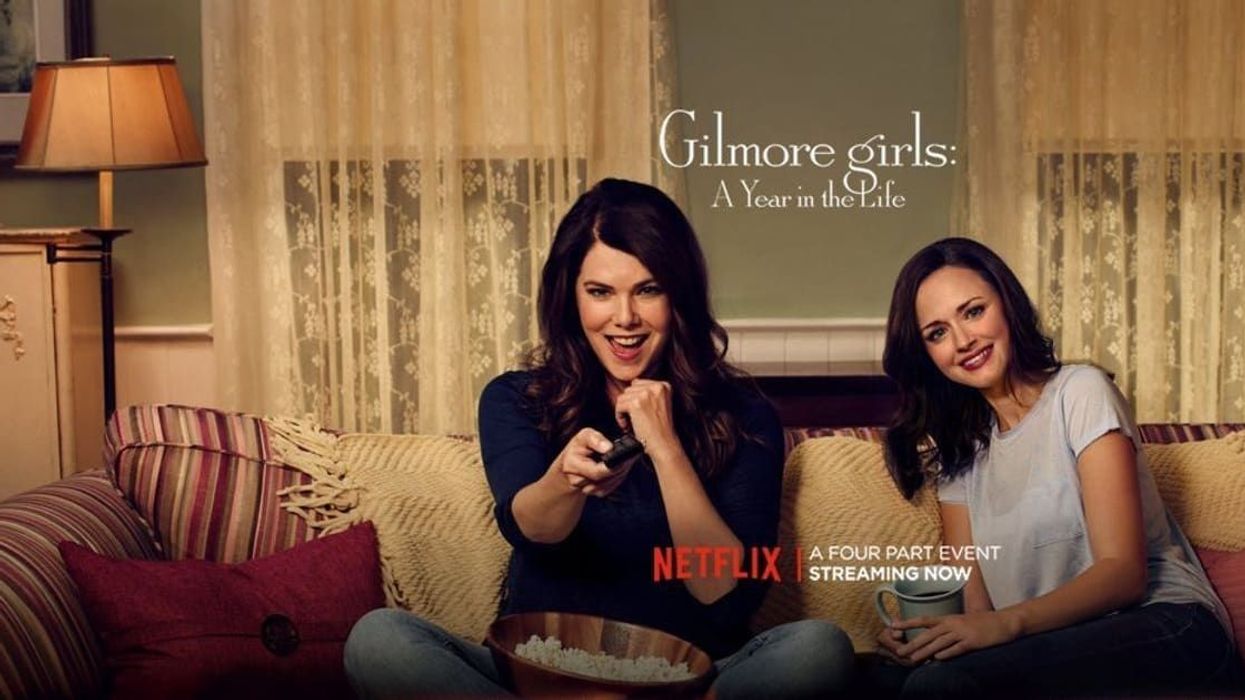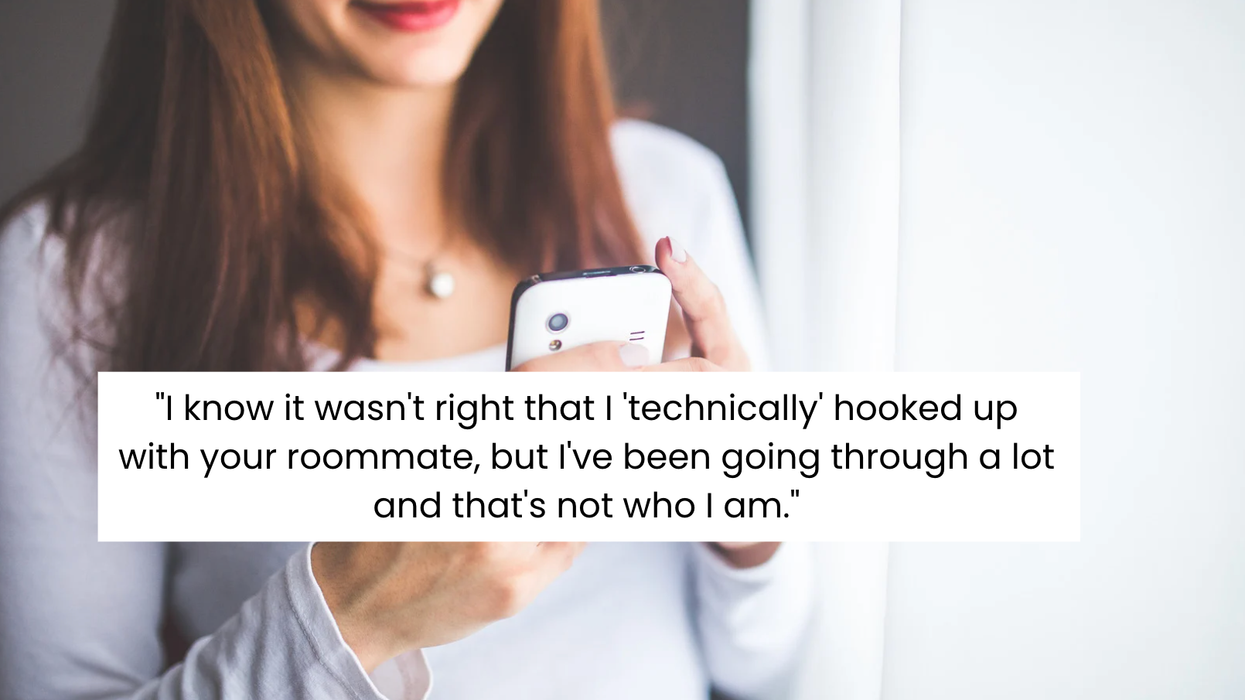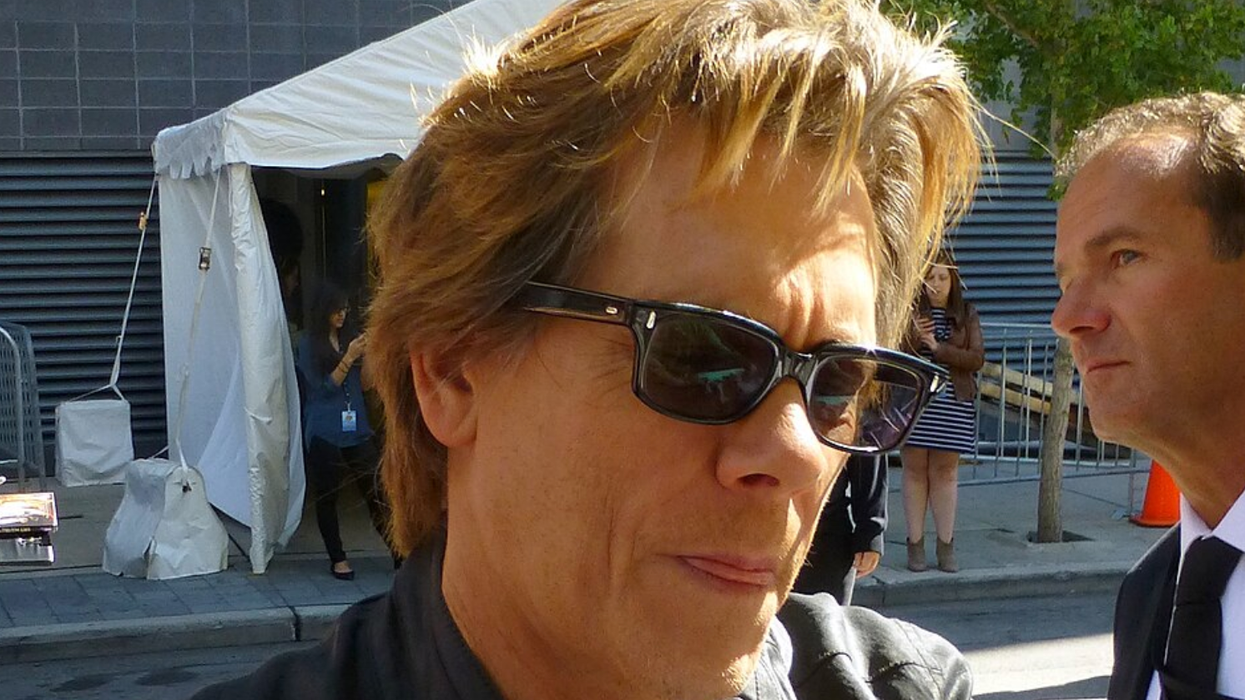From 2000 to 2007, Rory, portrayed by Alexis Bledel, became a best friend and role model for a generation of young, bookish girls. Her vast personal book collection—rivaling the Library of Alexandria—and her encyclopedic literary knowledge wowed us, though some references were too esoteric for many viewers.
The Gilmore Girls writers would have you believe that precocious Rory had read the entire Russian literary canon and the Nancy Drew series before the age of 12. And was it really hard to picture the dour-faced Gilmore girl clutching a copy of Dostoyevsky on the elementary school playground?
Indeed, books were among the show's most effective props. After all, wasn't it a dog-eared copy of "Howl" that first brought Jess and Rory together? Rory's books served as clever metaphors for subplots, subtly revealing the inner turmoil she never openly expressed. Below are five favorite literary references throughout the Gilmore Girls years.
1. Anna Karenina by Leo Tolstoy
–Rory & Dean
Very few among us—by us, I mean Generation Gilmore—were on Team Dean. Dean made cardinal TV character errors: he was dull and had a disastrous haircut. However, Dean somehow connected with viewers when he bitingly referred to Anna Karenina, Rory’s favorite book, as “depressing.” It is depressing! But of course, Rory loved it because she loved any book that made her look impressive as she traipsed through Stars Hollow. Rory also identified with Anna, the title character stuck in a marriage of convenience to Count Karenin, who engages in an illicit affair with the dashing young Count Vronsky. Rory’s a Count Vronsky kind of girl, and Dean was Count Karenin. No wonder they broke up by the end of the episode.
2. Howl by Allen Ginsberg
–Rory & Jess
I wouldn’t be surprised if paperback sales of Howl, Allen Ginsberg’s seminal work of poetry, suddenly spiked after this season-two episode aired. Didn’t we all want to impress a guy like Jess, a James Dean wannabe who accessorized with an interminable scowl? I imagine Jess, who favored the aggressive, hypermasculine compositions of Charles Bukowski and Hunter S. Thompson, was in love with the idea of falling in love with a girl who had Howl on her bookshelf. Jess swiped the book off Rory’s bookshelf without asking and returned it to her later, with notes in the margin. For a girl like Rory, this was the grandest of romantic gestures (she didn’t get out much).
3. Leaves of Grass by Walt Whitman
–Rory & Grandparents
Richard and Emily Gilmore were at times the best part of watching Gilmore Girls. Their relationships to each other, their daughter, and their granddaughter were often contentious. Yet, at day's end, they were completely lovable grandparents. When they returned from their second honeymoon, they brought Rory a 100-year-old copy of Walt Whitman’s Leaves of Grass—in Latin. It’s a gift that signifies the aristocratic pretensions that had destroyed their relationship with their daughter, Lorelai, but enriches their relationship with Rory.
4. The Year of Magical Thinking by Joan Didion
–Rory & Logan
Rory’s entire relationship with Logan was an outstanding exercise in magical thinking, the idea that one could will their desires into existence through sheer force of hope. On paper, Logan was an ideal boyfriend. His upper-class pedigree and Ivy League education appealed to the genteel sensibilities of her grandparents. But Rory always had a taste for self-destructive bad boys, and Logan’s mean streak and perpetual drunkenness fit the bill. It would never really work out for them, though not for lack of trying. Rory read this Didion classic on a Valentine’s Day trip to Martha’s Vineyard with Logan, Lorelai, and Luke. The weekend turns disastrous when Logan's father, Mitchum, abruptly demands that Logan leave for a business trip to London.
5. The Children’s Hour, a play by Lillian Hellman
–Rory & Lorelai
Rory bought a copy of The Children’s Hour, a 1930s play by Lillian Hellman about two headmistresses of an all-girls school who are accused of being lesbians, for her mom. The play deals with a number of issues, chief among them the stringent conservatism of American social and political establishments. Naturally, this play resonated with Lorelai, given her tension-filled relationship with her parents, marked by generational anxieties. Lorelai’s life had been defined by rebellion and social exclusion— she ran away from her parent’s home and the life she knew after getting pregnant with Rory. The play also has the added appeal of being relatively overlooked, and Rory and Lorelai have never met an obscure cultural reference they didn’t like.
This article originally appeared on 10.01.14
More on Good.is
17 of the funniest tweets from Twitter's favorite grandma.
Some Schools Still Ban ‘Harry Potter.’ Here’s How They Justify It























 Ladder leads out of darkness.Photo credit
Ladder leads out of darkness.Photo credit  Woman's reflection in shadow.Photo credit
Woman's reflection in shadow.Photo credit  Young woman frazzled.Photo credit
Young woman frazzled.Photo credit